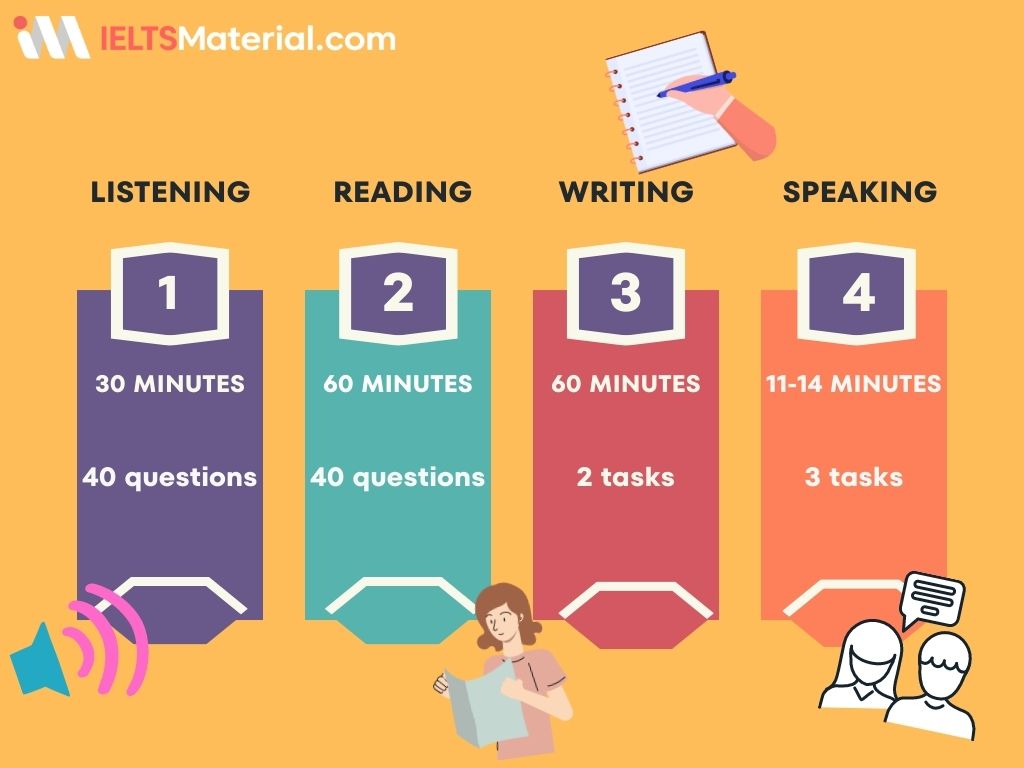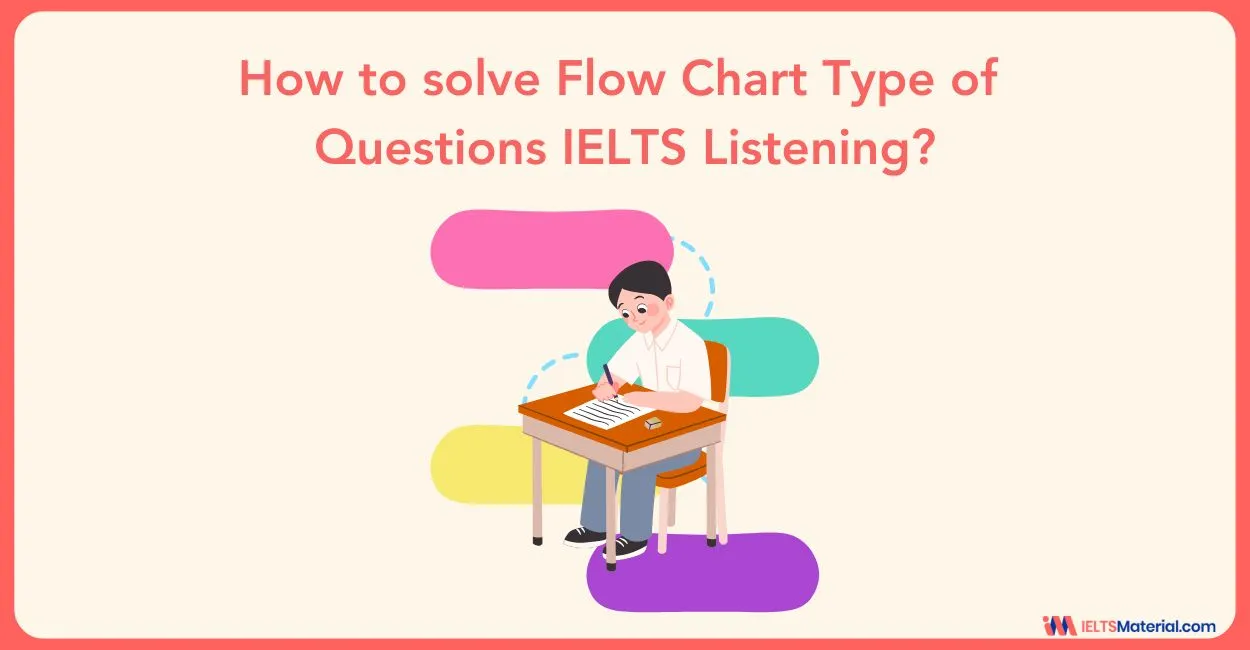IELTS Pen and Paper Test: Everything You Need to Know
8 min read
Updated On
-
Copy link
Explore every detail of IELTS pen and paper test before deciding on which mode of exam you should take. This article will help you make your final decision.
Table of Contents

Limited-Time Offer : Access a FREE 10-Day IELTS Study Plan!
With the advancement of technology, most important services, from education to healthcare, are shifting to the online mode. The same thing happened with international exams like IELTS as well. In spite of that, many candidates still prefer the traditional IELTS pen and paper test.
So, to familiarize the IELTS aspirants with this mode of exam and help them start their preparation accordingly, this article will provide the much-needed pen and paper-based IELTS exam test details.
Details on the IELTS Pen and Paper test
The cost of registering for the IELTS exam, whether it is for pen and paper or computer-based tests, is the same. At present, IELTS pen and paper test fees is 16,250 INR and is liable to change.
There have been very few revisions/updates on the pattern of IELTS until now. For the recent update on the change in pattern, check out the video below.
Therefore, without wasting further time, let us check out the IELTS pen and paper test pattern, question types and marking pattern of IELTS Pen and Paper test.
Format of IELTS Paper-based Exam
In the paper-based IELTS mode, candidates will have to take the Reading, Listening, and Writing tests at a desk with question papers and answer sheets in an authorized IELTS test center.
The duration for Writing and Reading modules is one hour each, while Listening and Speaking takes 30 minutes and maximum 15 minutes, respectively.

- As per the update applicable from 25th June, 2022, the sequence of the IELTS pen and paper test is Writing, Listening, Reading and Speaking. This sequence is also being followed for the Computer-based IELTS exam.
- The responses must be written on the answer sheet with HB pencils or a pen.
- A trained IELTS examiner will work with you one-on-one during the Speaking examination.
Question Types Given in IELTS Pen and Paper Test
The types and number of questions for IELTS are the same for Paper-based and Computer-based IELTS.
| Modules | Types of Questions |
|---|---|
| Listening |
|
| Reading |
|
| Writing |
|
| Speaking |
How is Paper-Based IELTS Scored?
The scoring for the IELTS exam is done on the basis of a band score of 0-9.
- The Listening and Reading is marked out of 40.
- One mark is allotted for each of the 40 questions.
- The Writing and Speaking sections have their own set of criteria based on which the examiner assesses the tasks.
Each module is scored on the basis of a 0-9 band score, which is used to calculate the overall band score. In order to understand the detailed information calculation, candidates can check out the IELTS band score calculation.
Results of IELTS Pen And Paper Test
The IELTS Pen And Paper Test Results are available on the website of IDP according to the mode of exam that the candidate has taken.
- For the IELTS pen and paper test, the results are available in 13 days after the exam has been completed.
- The results are valid for two years from the date of publication and can be used to apply for universities and immigration to various countries.
While universities have their own set of guidelines for sending these results (TRF), regulations for countries vary, which confuses the immigrants.
As a result, it is best to take professional help from top immigration consultants like GetGIS to know details of the migration processes for countries like Canada, Sweden, Australia, Austria and many more.
Book a FREE trial to talk to immigration experts on how to use the IELTS test results for hassle-free immigration!
Rules to Follow for IELTS Pen and Paper Test
There are certain IELTS paper based test rules that every candidate must follow while taking the IELTS Pen and Paper test. Let us mark them all to avoid disputes during the IELTS exam.
IELTS Paper-Based Test Rules for Listening, Reading and Writing
The following are the rules for the first three modules that take place in the morning:
- After completing check-in procedures, candidates are not permitted to leave the hall unless they are accompanied by an invigilator.
- During the test, candidates are permitted to leave the room on their own schedule, although they must be escorted by an invigilator.
- You should keep your ID, pencils, pens, an eraser and a pencil sharpener on your desk. Other items will not be allowed inside the exam hall.
- Once the exam has begun, you can speak to the invigilators only.
- Raise your hand if you need to speak with an invigilator, and one will come to you.
- Notify an examiner right away if your question papers contain any errors.
- As soon as the test’s invigilator declares that the exam is over, you must stop writing. Otherwise, you will be removed from the exam if you don’t cooperate.
- At the conclusion of the Listening, Reading and Writing exams, you must turn in all exam papers, including any unused writing paper, to the invigilator.
IELTS Paper-Based Test Rules for Speaking
The rules given below are to be kept in mind for IELTS Speaking, which takes place in the afternoon a few days after the first three exams:
- Carry your identification, candidate number sticker, and yellow desk card as they will be inspected at the speaking registration room.
- You will also have your finger scan examined to confirm your identity.
- Your yellow candidate card on your desk lists the speaking test timing. DO NOT remove your candidate number sticker for your speaking test, as you will need it to obtain your results online.
- You have to keep your belongings other than the above-mentioned documents in the cloakroom before you enter the speaking registration room.
- Make a mental note to reach the speaking test registration room 30 minutes before the test is due to start. Candidates who arrive late for their speaking examination may be interviewed, but only at the examiner’s discretion.
- Unless the examiner confirms your identification, you cannot take your IELTS Speaking test.
- After your exam is over, take your belongings from the cloakroom and leave the premises. If you are found discussing the exam with someone, you might be disqualified.
Advantages and Disadvantages of IELTS Pen and Paper test
In order to choose the preferred mode of taking the IELTS exam, candidates need to know the pros and cons. So, given below are the advantages and disadvantages of the IELTS paper-based exam.
Advantages of IELTS Paper-based Exam:
- Candidates can fully concentrate on the tasks at hand because they don’t need to have or develop their fundamental computer abilities.
- Before they write the words on the response sheet, students can quickly underline and circle words on the question paper. This is a common approach for many candidates, but it is impossible if they want to take the computer-based IELTS test.
- After listening to the whole audio in the Listening part, candidates receive an additional 10 minutes to transfer their answers to the answer sheet. For numerous students, this is a blessing.
- It is not necessary for candidates to be accustomed to typing responses as it won’t affect their speed while writing. Consequently, many test-takers appreciate the ability to write, particularly in the Writing section.
Disadvantages of IELTS Paper-based Exam:
- It is time-consuming as candidates must keep track of the words they write and it is also difficult to edit or change the answer.
- There are concerns involved with transferring responses into the answer box.
- Publication of results requires more time than the other modes.
- Test locations are frequently overcrowded with students, which causes distractions.
Difference between IELTS Pen and Paper Test and Computer-Based Test
Candidates can choose between taking the IELTS General Training and Academic Exams on a computer or on paper. IELTS on a computer versus IELTS on paper will feel different on test day, even though the question type, test style, and time allotment are the same.
Even though the differences between the IELTS Pen and Paper test and Computer-based exam are not very huge, candidates should be aware of them.
| Basis | Pen and Paper test | Computer test |
|---|---|---|
| Sequence | According to a recent update, the sequence has been changed to Writing, Reading and Listening. | The Listening test is conducted first, followed by Reading and Writing. |
| Duration of Listening module | After the Listening phase of the paper test, candidates have 10 minutes to transfer the answers to the answer sheet. | There is no additional time allotted for the computer test because the candidate must type their answers in the correct locations on the screen. |
| Test Availability | Paper-based tests are available 48 days per hour on selected Thursdays and Saturdays. | Computer-based tests are available up to seven days a week and three times a day. |
| Delivery Format of Speaking module | Speaking test is taken in the form of a face-to-face interview in a quiet room with an IELTS examiner on a different day. | Speaking test is conducted face-to-face with an IELTS examiner through a computer. |
| Results | It takes 13 days to publish the results. | Results are published within 3 to 5 days of taking the test. |
Still unsure of the mode of IELTS exam that might be beneficial for you?
Book a free trial session with our IELTS experts to learn more
Related Resources
- IELTS EOR – Essential information to know about it in 2023
- Computer-based delivered IELTS
- IELTS Score Report – Details on Test Report Form
- IELTS Reading Practice Tests 2023 – Reading Passages and Samples
- Free IELTS Online Tests 2023 | Practice IELTS Mock Test Online
- How to Send Your IELTS Score to Universities?
Explore IELTS related articles

Start Preparing for IELTS: Get Your 10-Day Study Plan Today!
Recent Articles

Nehasri Ravishenbagam

Nehasri Ravishenbagam

Haniya Yashfeen





Post your Comments